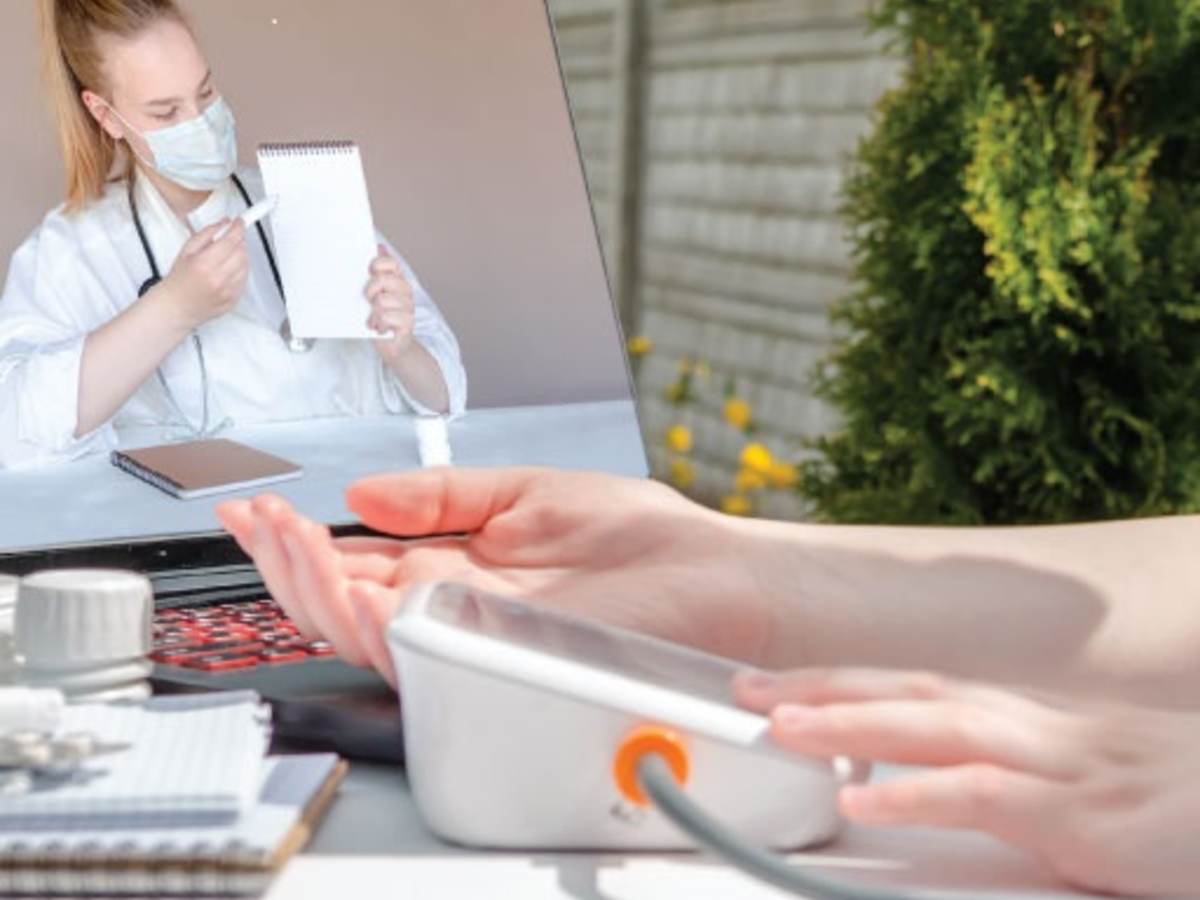January 13, 2021
The coronavirus pandemic has shown us that a lot of primary healthcare can and perhaps should be delivered remotely by clinicians who speak with, and even visually examine, patients using various videoconference platforms. Even when the pandemic abates, the shift to remote delivery of healthcare is likely to stay put. At least this is what a lot of the “experts” are predicting, and I agree with the forest. It is a classic example of a paradigm shift.
From this point forward, healthcare services will still be delivered by clinicians working in hospitals, doctor’s offices, outpatient clinics, and even pharmacies (e.g., CVS, Walgreens). However, compared to pre-pandemic practices, an increased proportion of healthcare services will be delivered remotely by clinicians, or self-administered by patients and their caregivers at home and in other, non-clinical settings. The shift was anticipated for a long time, and the pandemic dramatically accelerated it.
Implications for user safety
To go along with the shift to at-home healthcare performed by laypeople, we are likely to see the mass migration of medical technology from conventional healthcare settings into the home. This will put considerable pressure on medical product developers to understand and meet the needs of a different user population – the general population versus trained healthcare professionals – to support use-safety. In turn, developers will need to pay greater attention to human factors engineering; the science of developing products with risk minimization in mind and accommodating known shortcomings, such as the likelihood that users commit the occasional physical blunder, get distracted, and simply forget things.
Many societies worldwide are already accustomed to laypeople using medical products at home. The list of products includes drug autoinjectors, glucose meters, insulin pumps, nebulizers, heart and respiratory monitors, oxygen delivery machines, and even more advanced products such as intravenous (IV) infusion pumps and dialysis machines. And, in just the past few years, laypeople have learned to use software applications running on smartphones, tablets, and conventional computers to manage their health conditions and communicate with healthcare providers. The volume of such interactions is likely to grow rapidly and, therefore, the user interfaces had better be good ones.
User interface design considerations
Bad user interfaces will frustrate laypeople, some of whom might not have the option to be seen in traditional healthcare environments. Products with poor user interfaces could lead directly to adverse outcomes, which is medical-industry jargon for injuries and deaths. Conversely, products with good use interfaces should enable safe, effective and satisfying healthcare delivery.
As a human factors specialist who is part of a team that designs and evaluates home-use medical products, it excites me to see investments in good user interface design pay off. The payoff comes when you watch someone at home open the box of an unfamiliar medical product, set it up properly, and proceed to use it exactly as intended to produce a useful outcome (e.g., deliver the right dose of an inhaled medication to treat COPD). The payoff also comes when you watch a layperson pair their smartphone to a medical product that will then measure a physical condition, suggest a therapeutic action, and deliver a user-authorized therapy in a safe and effective manner.
Already, the world needs more home healthcare products that “check the box” when it comes to safety and ease of use. Fortunately, for some time now, regulatory bodies have called upon medical product manufacturers to invest in good human factors engineering. I’m pleased that our Human Factors Research & Design team, is playing a role in making the building wave of healthcare devices suitable for at-home use.
Michael Wiklund, CHFP, P.E., is General Manager of Human Factors Research & Design at Emergo by UL.
Additional human factors engineering and usability resources from Emergo by UL:
Request information from our specialists
Thanks for your interest in our products and services. Let's collect some information so we can connect you with the right person.



